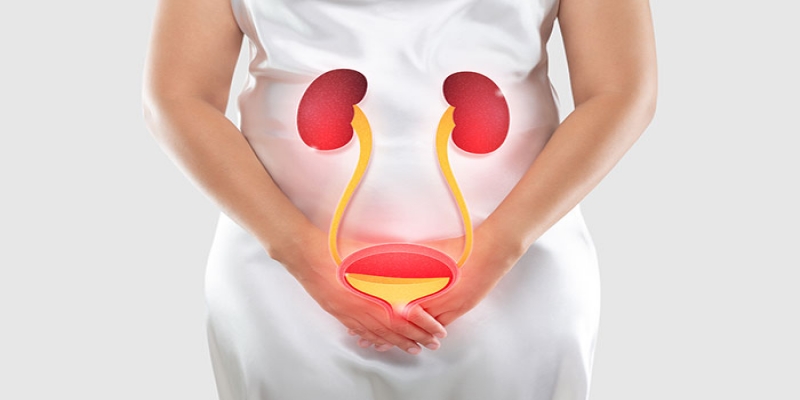Understanding the Impact of Urinary Incontinence on Your Health test
2024-04-25 / RG STONE HOSPITAL / Urinary / Kidney Stone

Introduction: Urinary incontinence is a condition that affects millions of people worldwide, yet it remains a topic that is often not openly discussed. This article aims to shed light on the impact of urinary incontinence on overall health, exploring its causes, treatment options, and the importance of seeking timely medical advice.
Understanding Urinary Incontinence
Urinary incontinence refers to the involuntary leakage of urine, which can occur due to various factors. It is essential to differentiate between the different types of urinary incontinence, including stress incontinence, urge incontinence, and overflow incontinence. Each type has its own set of causes and treatment approaches.
Causes of Urinary Incontinence
Several factors can contribute to the development of urinary incontinence. These include:
Age-related changes in bladder function and muscle strength.
Pregnancy and childbirth, which can weaken the pelvic floor muscles.
Certain medical conditions such as diabetes, Parkinson's disease, and multiple sclerosis.
Urinary tract infections (UTIs) or bladder stones.
Certain medications that can affect bladder control.
It's essential to address the underlying cause of urinary incontinence to effectively manage the condition.
Impact on Health and Quality of Life: Urinary incontinence can have a significant impact on an individual's physical health, emotional well-being, and overall quality of life. Physically, it can lead to skin irritation, urinary tract infections, and sleep disturbances. Emotionally, it can cause embarrassment, anxiety, and social isolation, leading to a decreased quality of life.
Treatment Options: Fortunately, there are various treatment options available for urinary incontinence, depending on the underlying cause and severity of the condition. These may include:
Lifestyle modifications such as bladder training exercises, dietary changes, and weight management.
Pelvic floor exercises (Kegels) to strengthen the muscles that control bladder function.
Medications to relax the bladder muscles or reduce urinary frequency.
In some cases, medical devices such as urethral inserts or pessaries may be recommended.
Surgical interventions such as sling procedures or bladder neck suspension may be considered for severe cases.
It's essential for individuals experiencing urinary incontinence to consult a healthcare professional for proper diagnosis and treatment recommendations.
Prevention and Management Strategies: While urinary incontinence may not always be preventable, there are steps individuals can take to reduce their risk and manage the condition effectively:
Maintain a healthy weight and avoid obesity, which can put pressure on the bladder and pelvic floor muscles.
Practice pelvic floor exercises regularly to strengthen the muscles that control bladder function.
Stay hydrated and maintain regular bathroom habits to prevent urinary urgency and frequency.
Avoid or limit the consumption of bladder irritants such as caffeine, alcohol, and acidic foods.
Quit smoking, as smoking can contribute to bladder irritation and coughing, which can exacerbate urinary incontinence.
Conclusion: Urinary incontinence is a common yet often misunderstood condition that can have a significant impact on an individual's health and quality of life. By understanding its causes, treatment options, and prevention strategies, individuals can take proactive steps to manage the condition effectively. Remember, seeking timely medical advice is crucial for proper diagnosis and personalized treatment recommendations. With the right approach, urinary incontinence can be effectively managed, allowing individuals to regain control and improve their overall well-being.
Categories
Hernia Repair
Appendicitis
Piles
Urological Treatment
Hernia treatment
Enlarged Prostate (BPH)
Gall Bladder Stone
Urinary / Kidney Stone
Vitamins
Indian Health Care System
Exercise
Obesity
Female Urinary Incontinence
Single Incision Laparoscopic Surgery (SILS)
Kidney Cancer
Bladder Cancer
Ovarian cancer
Nephrology
Bariatric Surgery
Kidney Function Test
Female Urology
Radiation Therapy
Alcoholic Fatty Liver
Liver disease
Gastroenterology
Kidney Disease

